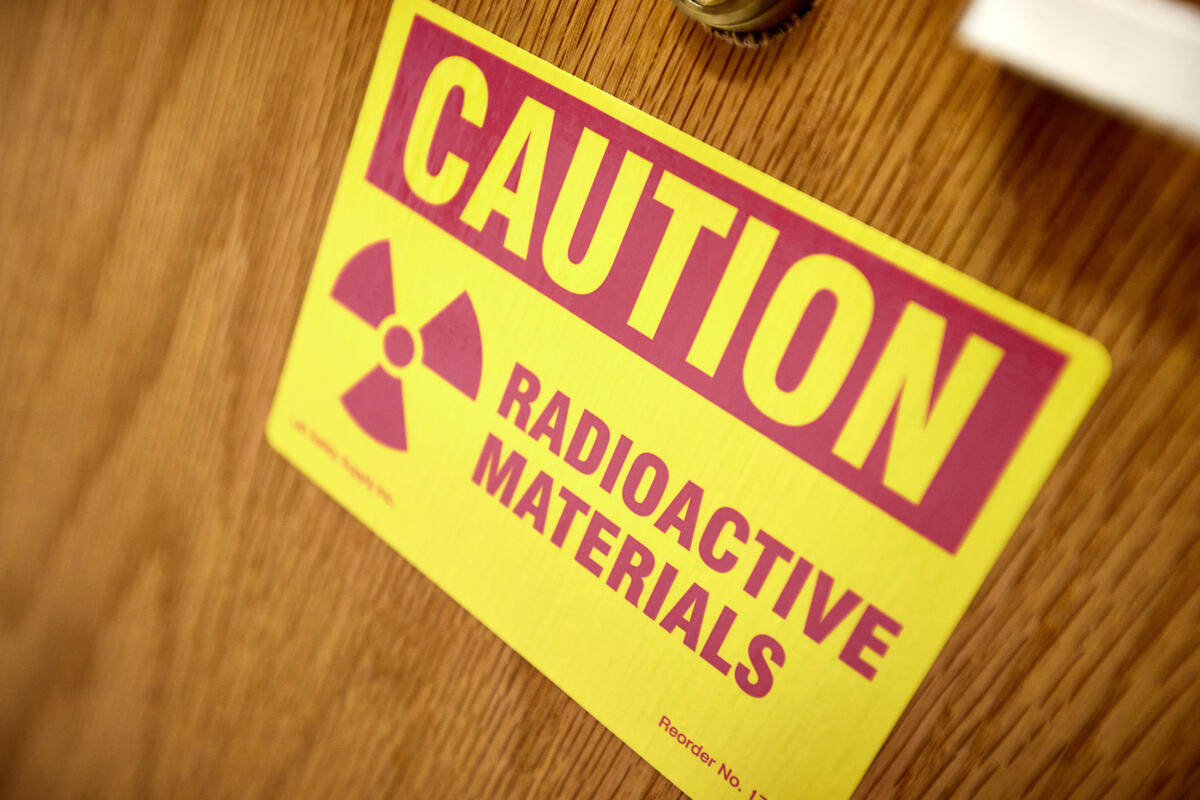Space travel has long been associated with exposure to radiation and the increased risk of heart disease, but new research also links the malady with more mundane Earth-bound forms of radiation related to medical therapy and diagnostic procedures, and even certain workplace hazards.
The findings, published March 8 by The British Medical Journal , “have implications for patients who undergo radiation exposure as part of their medical care, as well as policy makers involved in managing radiation risks to radiation workers and the public.”

Francis A. Cucinotta, one of report’s co-authors, has been a professor of health physics and diagnostic sciences at UNLV’s School of Integrated Health Sciences since 2013. Previously the leader of a NASA team that considered how to mitigate potential radiation health risks to astronauts visiting Mars, Cucinotta has researched radiation’s effects on health for more than two decades.
The prevailing thought was that there’s a threshold for radiation exposure that can be lowered so eventually there’s no risk, Cucinotta said. “This report suggests that the risk is there, and you really can’t say there’s a threshold,” he said. “It widens the net of who should be concerned.”
That net includes three groups: those who receive radiation therapy for cancer; those who undergo diagnostic radiation, such as CT scans of the chest; and those who work in health care, nuclear weaponry and energy, astronauts, and even transcontinental pilots who are routinely exposed to more radiation than the general population.
Oncologists who treat patients with breast, lung, and esophageal cancers have long been aware of radiation’s long-term effects on the circulatory system. They are working to better target treatment to limit normal tissue injury.
But the latter two groups will benefit most from further study, awareness, and potential policy changes to minimize exposure, Cucinotta said.
Patients and the doctors must weigh the value of that CT scan, which leads to doses about 100 times more than a chest X-ray, and discovering a problem versus the risk from the radiation, he said.
For workers, it may eventually mean more regulatory limits. “Policy makers have to think about possible options to reduce the exposure,” Cucinotta said.
Methodology and Conclusion
International researchers examined scientific databases for studies evaluating links between cardiovascular diseases and exposure to radiation — mostly radiotherapy and occupational exposures. After a review of more than 15,000 studies, the team identified 93 suitable for further analysis, with most published in the past decade.
After examining other factors such as age at exposure, researchers found consistent evidence for an increase in cardiovascular risks across a broad range of radiation doses. The studies suggest a “modest but significantly increased excess lifetime risk of 2.3-3.9 deaths per 100 people exposed to one gray (Gy) (absorbed energy per unit mass of tissue).”
“This is a small risk for an individual undergoing a single CT scan with a dose of about 0.02 Gy; however, a large population risk with millions of both CT scans per year and medical and other radiation workers,” Cucinotta said.
Other Takeaways
- Radiation could affect the heart through inflammation or changes to the body’s immune response, but these mechanisms are poorly understood.
- Few studies in the report assessed radiation effects’ relationship with major lifestyle and medical risk factors for cardiovascular disease such as smoking, obesity, diabetes, high blood pressure, and high cholesterol, and further research is needed.
- People at higher risk of cardiovascular disease from radiation should take more care to monitor and control other medical and behavioral risk factors for heart disease.
About the Research
The study, “Ionising radiation and cardiovascular disease: systematic review
and meta-analysis,” appeared March 8 in The British Medical Journal. The Intramural Research Program of the National Institutes of Health, the National Cancer Institute’s (NCI) Division of Cancer Epidemiology and Genetics, and the National Institutes of Health funded the study. Mark P. Little, senior investigator, NCI’s Radiation Epidemiology Branch, was the lead author.



